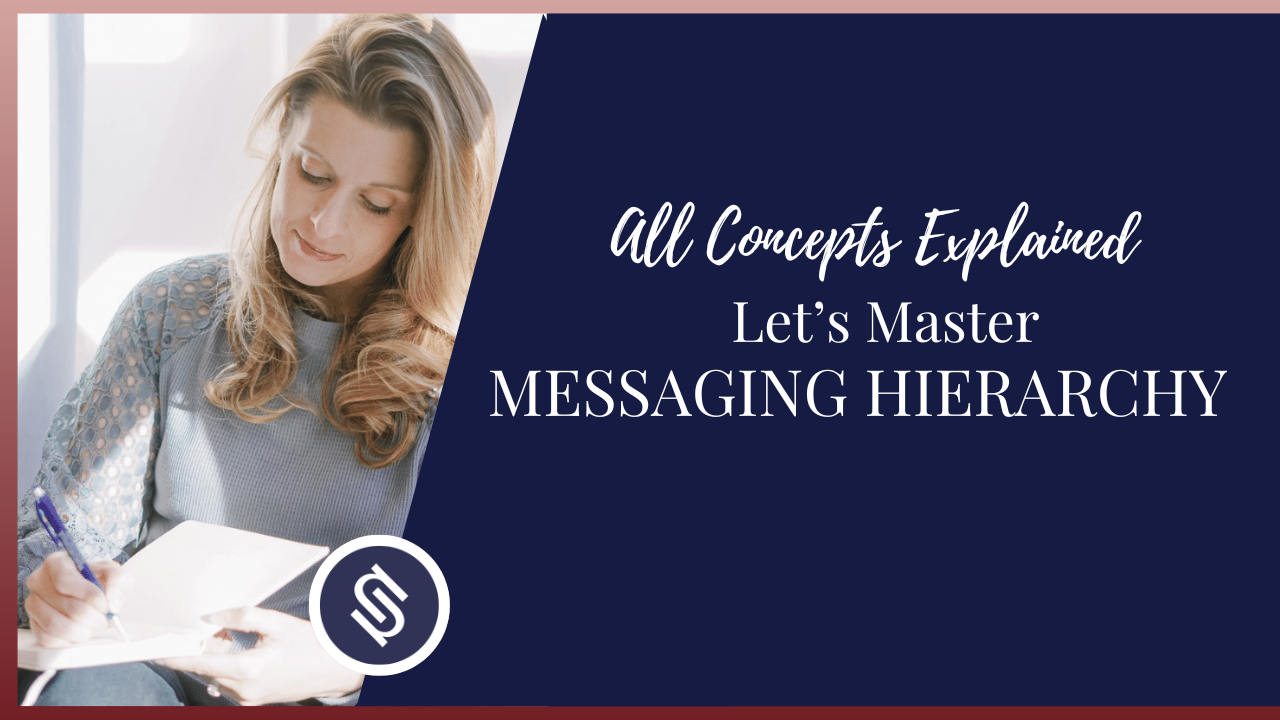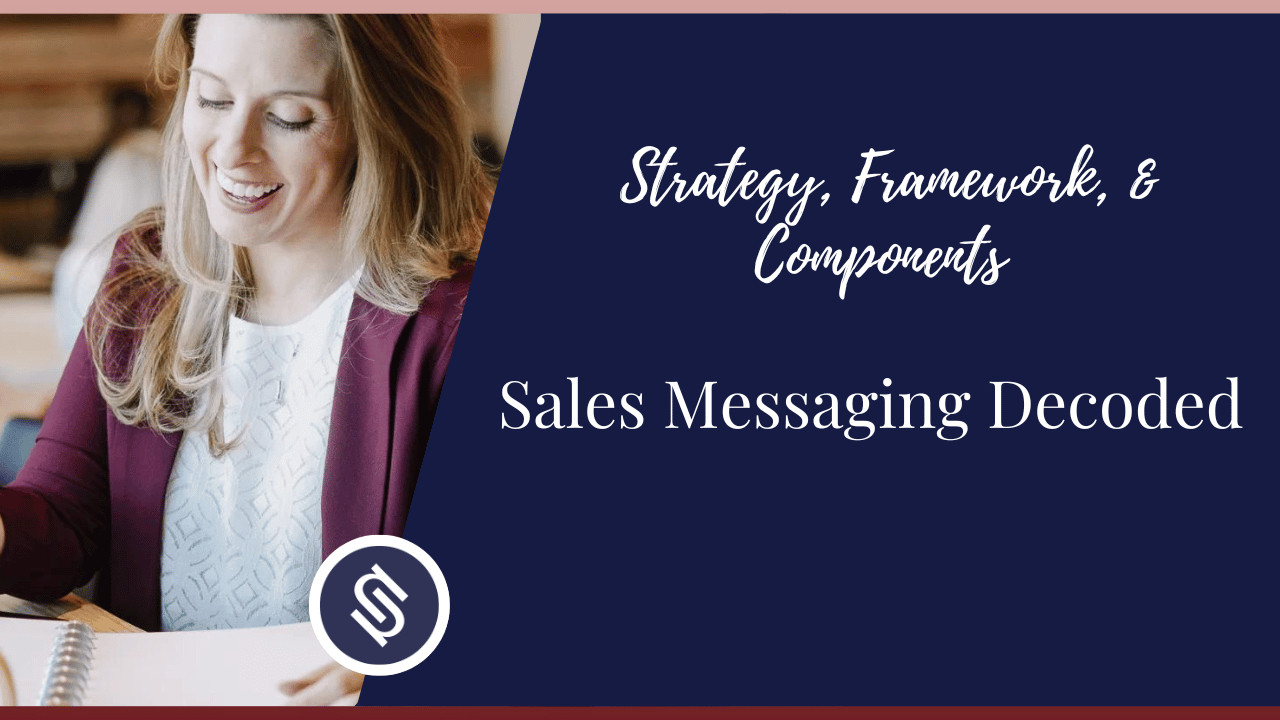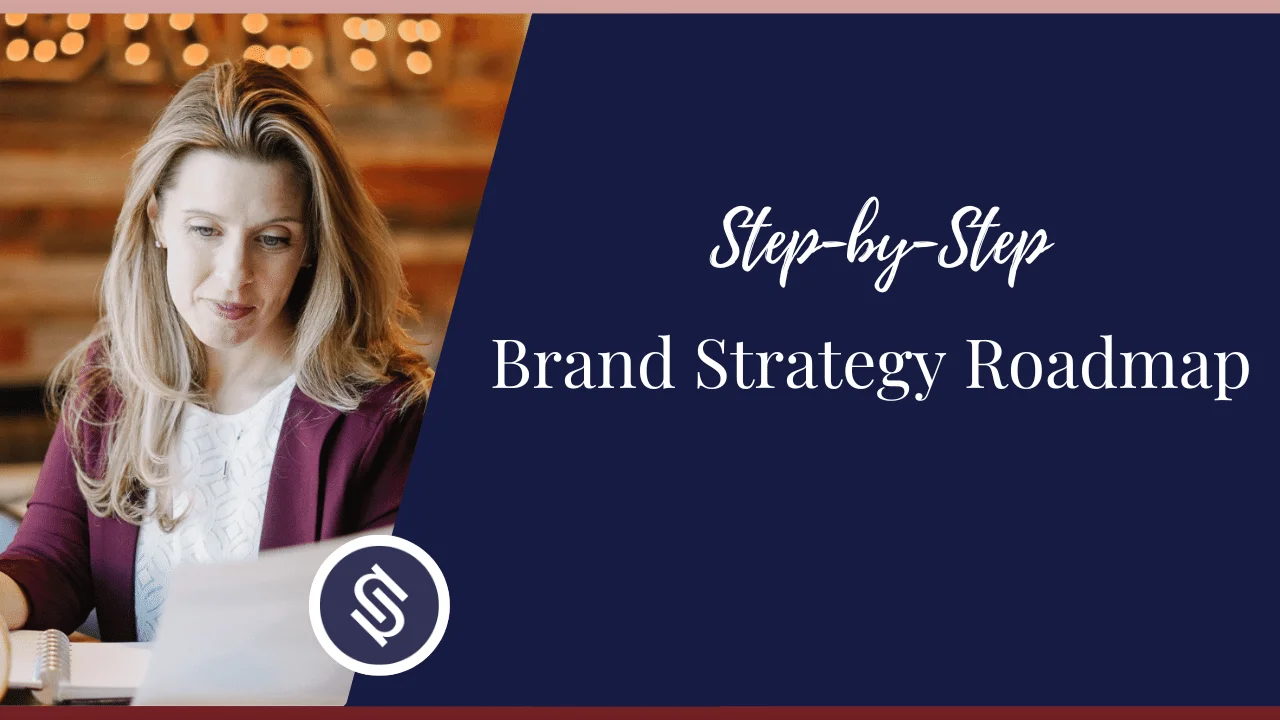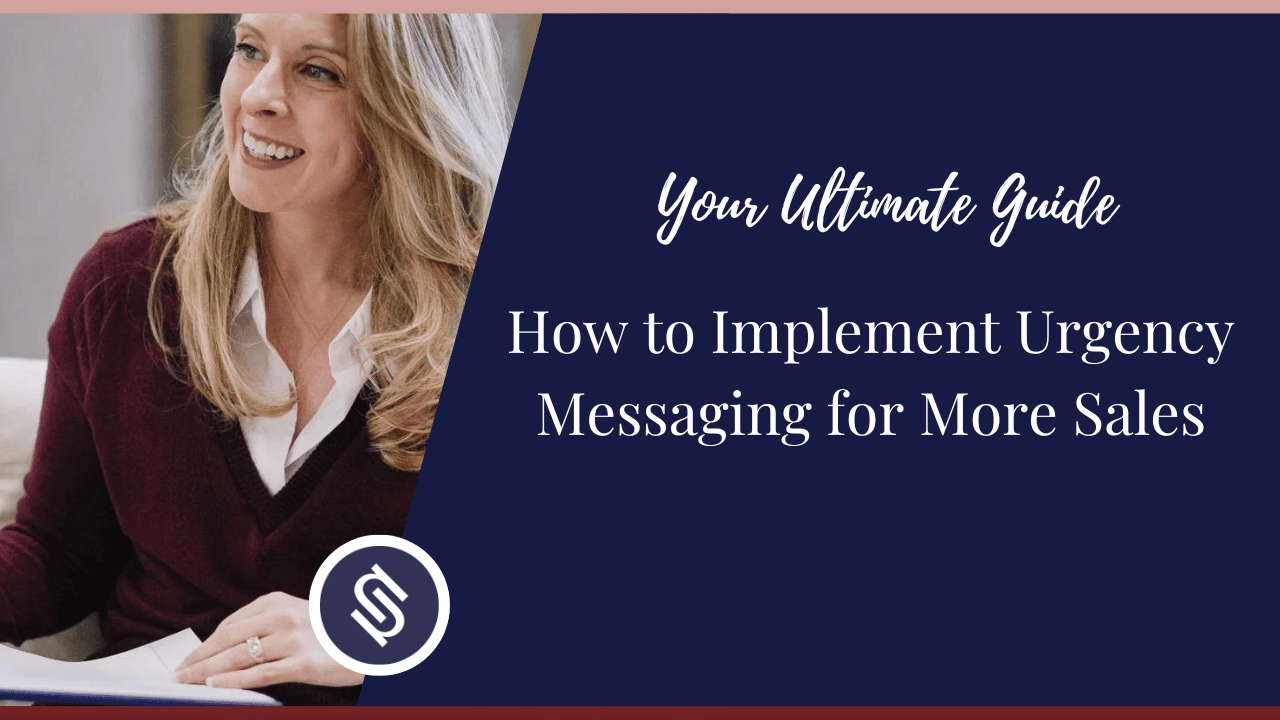Millions of individuals come up with business ideas every day. However, not all of them become Apple or Zoom.
While multiple factors separate one idea from another, one of the critical distinctions between the two is their messaging hierarchy.
It doesn’t matter how great your products or services are if you fail to make your target audience understand that. Once you have a clear idea of your brand, you must ideate the most immaculate messaging framework.
Before that, let’s try to understand what a messaging hierarchy is.
What is a Messaging Hierarchy?
When it comes to business, the one-size-fits-all notion may not work. Your unique business is associated with numerous distinctive variables, which are only true to your requirements.
You cannot convince people to believe you with a vague brand positioning. Therefore, your messaging needs to be intricate and relatable to your audience.
The messaging hierarchy takes the idea of a standard marketing funnel and molds it to fit a brand’s specific needs. The two main purposes of a brand messaging framework are to:
- Create a framework of how you want your brand to operate and be perceived.
- Incorporate the framework into the multiple marketing channels and develop a buyer’s persona.

The Importance of Messaging Hierarchy
It is crucial to have a structured hierarchy of communication as it offers:
Clarity
Creating such a hierarchy solidifies the ideas of a founder and puts them on paper. What once was a thought is now a business framework for people to evaluate and discuss.
Start-up companies heavily rely on founder-led storytelling. This story becomes more comprehensive once it is documented perfectly, providing a clear vision.
Differentiation
A huge part of establishing a business is differentiating it from the rest of the market. Developing a solid narrative of your brand backed by thorough research helps identify its unique aspects.
With that data, you can better emphasize the company’s USPs and aspects that separate it from your competitors.
Content
Once you have a distinctive brand voice and messaging, you can start putting your brand out there. You can now align all the content you create for your brand with your brand voice and market it even with limited resources.
Consistency
Since you are communicating exactly what you want for your brand, you ensure every channel of your business works towards it. A single-defined goal with a structured pathway will ensure everyone is on the same track as you.
Messaging Hierarchy Examples
Companies for ages have used brand messaging that is strategically devised and relevant to their target audience.
Some successful examples are:
- KFC’s “It’s finger-lickin’ good.”
- Nike’s “Just do it.”
- Walmart’s “Save money. Live better.”
The companies framed these with the “three M’s” in mind: meaningful, motivating, and memorable. Hence, they cleverly deliver the brand’s core values while remaining concise and catchy.
What is the Messaging Pyramid?
While the messaging hierarchy is a fluid concept, it has a standard strategy to base one’s framework. This concept flips the traditional sales funnel and involves a pyramid-shaped system that helps brands better communicate their goals and values. This messaging pyramid consists of five layers, that are:
Layer 1: Proof Points
Your brand’s proof points are the features that distinguish it from the others existing in the same marketplace.
These are statements and proven facts that embody your company’s core elements. You should spend plenty of time scrutinizing your brand without bias to discover how it helps your customers solve their pain points.
While this seems simple, many founders find it difficult to remove the bias filter and rationally find their proof points. Hence, many start-up founders hire a professional to look at their brand from a neutral perspective.
I have helped multiple businesses find their proof points, nail their messaging, and generate $500 million in revenue. Book a call with me, and let me help you stand out, no matter how crowded your target market is.
I also offer the following services:
Layer 2: Key Messaging
Once you have your proof points, the next thing you need to do is distill them into your key messaging.
Think of your proof points as broad concepts you must frame into crisp phrases. These should describe your brand value clearly without being too heavy on words.
For example, if your proof point is Easy to Use, then your key messaging can be:
“Say goodbye to complicated (existing product) and bring home (your product).”
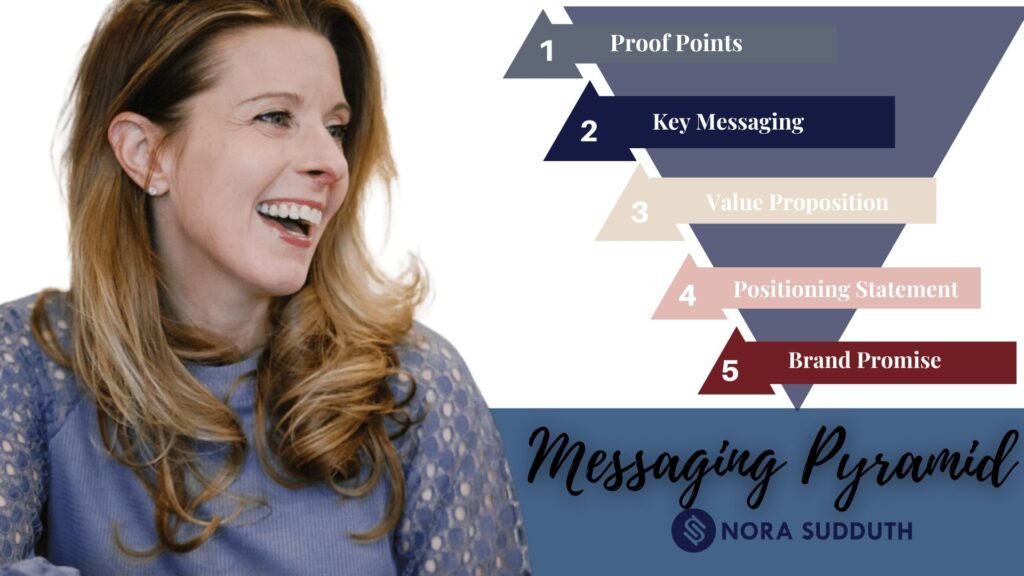
Layer 3: Value Proposition
Now that you have proper statements, you need to create value propositions. This should ideally be a single sentence, and you should create a separate one for each buyer persona.
This is because you want your value proposition to speak to your target audience and convince them to consider your brand. You can further create specific statements for your products as well.
A great way to frame these statements is to identify the most crucial aspects of your key message and use them in your sentences. The statement should feel like you are directly talking to your buyer personas, telling them about your brand.
Layer 4: Positioning Statement
Though very similar to the value proposition, your positioning statement is not that elaborate. Instead, you use limited words to communicate with your personas with special attention to your competitors.
Here, you are not only expressing “why you” but also letting them know “why not the others.”
In your value proposition, you talk about all the benefits your customers will get from your brand. However, your positioning statement focuses on how those benefits make your brand stand out.
The positioning statement is the penultimate layer of the messaging pyramid. Hence, you must give it ample thought before settling on a positioning statement.
Layer 5: Brand Promise
While the previous layers define your business, your brand promise makes it memorable. It concisely describes the experience your personas should expect when interacting with your brand.
It has elements from all the previous stages but in one single sentence. Think of a standard feature or characteristic across your brand that every customer will experience, and use that to define your brand promise.

8 Fundamentals of Messaging Hierarchy
These are the fundamentals of a messaging hierarchy that you should keep in mind when strategizing your brand’s messaging framework:
- Product or Service Specific Messages
- Consistency Across Channels
- Target Audience Messaging
- Supporting Messages
- Core Brand Message
- Call to Action (CTA)
- Value Proposition
- Adaptability
Like any other owner, you would also want to expand your brand after a certain point. You need to ensure that the brand message you craft for your business is such that any new product you come up with can also fit your positioning.

Building an Effective Messaging Hierarchy
Creating a proper messaging structure is crucial as that’s how your entire company will be perceived. To build an effective one, you need to:
Properly Define Your USP
Your Unique Selling Proposition will set you apart from the others in the same business. Hence, you need to spend as much time as required to find and define why your brand is different.
Research and Identify Your Target Audience
You cannot communicate if you do not know who you are talking to. So research your target audience, create buyer personas based on them, and then frame your message.
Frame Your Specific Brand Story
Every company should have a brand story. It gives the brand more character and makes it more relatable to the audience. Your brand story should let your targeted audience know they have reached the right place and can trust you.
Jot Down Your Messaging Guidelines
Use your USP, buyer personas, and brand story to create a rule book to base your brand story on. This guideline will keep you from straying. With its help, you can create something that speaks to your audience and communicates your USP while staying true to your brand story.
Test and Improve Your Brand Messaging Hierarchy
Once you have your brand messaging at hand, you must test its effectiveness before settling for it. Check the response of a smaller audience group and ask for feedback.
The brand messaging that meets your audience’s preference and brings you results is the one you should stick with.
Enjoying this read? Check out a few others:
- 10 Ways Coaches Can Improve Team Performance (and more)
- Value Messaging – Concepts and Examples Explained
- The Messaging Strategy Master Guide
Messaging Hierarchy Framework
There are no set rules for creating a messaging hierarchy framework. If the order mentioned above doesn’t suit your brand, you can and should change it to fit your ideation the best.
You can also map out your framework instead of representing it with text. The goal is to find a language that:
- Makes your brand easily identifiable.
- Helps your audience resonate with your brand.
Many find this task daunting and confusing. Some try out traditional coaching programs for help but to no avail, as they fail to provide them with personalized support.
That’s precisely why I created FiniSprint. It helps you get more done in less time with laser-focused attention and support. No unnecessary information that doesn’t apply to you. Just me, you, and the problem we’re tackling. Start a FiniSprint and save yourself the time and effort in activities that lead to no results.

Creating a Message Architecture
Another key aspect of the communication framework is message architecture. Here’s all that you will need to know about it.
What is Messaging Architecture?
A messaging architecture consists of 3 to 5 communication goals that help a company determine an array of marketing elements. These elements include:
- Tone of voice
- Topics
- Graphics
- Typography
- Color
- Format, etc.
You can think of it as a map leading a team to their targeted market position and brand identity results.
The author of Content Strategy at Work, Margot Bloomstein, states messaging architecture:
- Identifies levels of priority
- Is very actionable
- Is specific to one’s individual needs.
One can consolidate the process of creating a messaging architecture into three steps:
Step 1: Brainstorm
Think about your brand from a third-person perspective and try to find answers to questions like:
- What are we?
- What do we offer?
- Why us?
- What makes us different? Etc.
Step 2: Document
Jot down the answers you find and list them for further discussion. Documenting the process will give you clarity, ensuring you come up with something substantial.
Step 3: Communicate
Use your findings to create communication strategies and use them in the real market. Like any other marketing tactic, this depends heavily on trial and error. So do not shy away from experimentation and keep trying until you find what works for you.
If it seems complicated, book a call with me and let me build the authority and positioning your business deserves.
The Importance and Benefits of Message Architecture
These are the reasons why you should not skip creating a proper messaging architecture for your company:
- It establishes brand awareness among your target audience.
- Your customers tend to trust you more when they see a uniform brand identity.
- Improved trust and awareness increase sales.
- A proper messaging architecture makes marketing efforts streamlined.
- You do not have to explain your brand too much if you have a brand story.

Frequently Asked Questions (FAQs)
Here are answers to some of your most frequent queries related to messaging hierarchy.
How Does a Core Brand Message Differ from a Value Proposition in a Messaging Hierarchy?
Value proposition is an overarching concept that comprises a company’s features, advantages, and benefits. The core brand message of a company is based on its value proposition, but it is more concise and direct.
What Are Common Mistakes to Avoid When Developing a Messaging Hierarchy?
Some common errors you should avoid while developing a message are including too many people and using the same message for everyone. You should also not waste too much or too little time launching a product. Lastly, do not make your brand voice too difficult for your audience to understand.
How Can Data and Analytics Influence the Development of a Messaging Hierarchy?
Analytics and tracking measure your brand message’s impact on your target audience. You can also use analytics to understand your audience’s usual reaction to a certain type of messaging.
Conclusion
Your brand messaging hierarchy is the north start of your company that will give direction to its marketing efforts. If you spend too long devising it, you might lose the right time to enter the market. However, spending too little time can result in a weak hierarchy framework.
Hence, it is best to follow the layers of the messaging pyramid and create the ideal brand message for your company. But if you feel the pyramid structure is not serving your purpose accurately, feel free to rearrange it as required.
While making such decisions is relatively simple for an experienced business owner, it is best to seek professional aid if you are a new entrepreneur. I have successfully generated over 500 million dollars in revenue for business owners with the right messaging. Let me help you do the same for your brand. Book a discovery call with me today to give life to your brand’s story.



